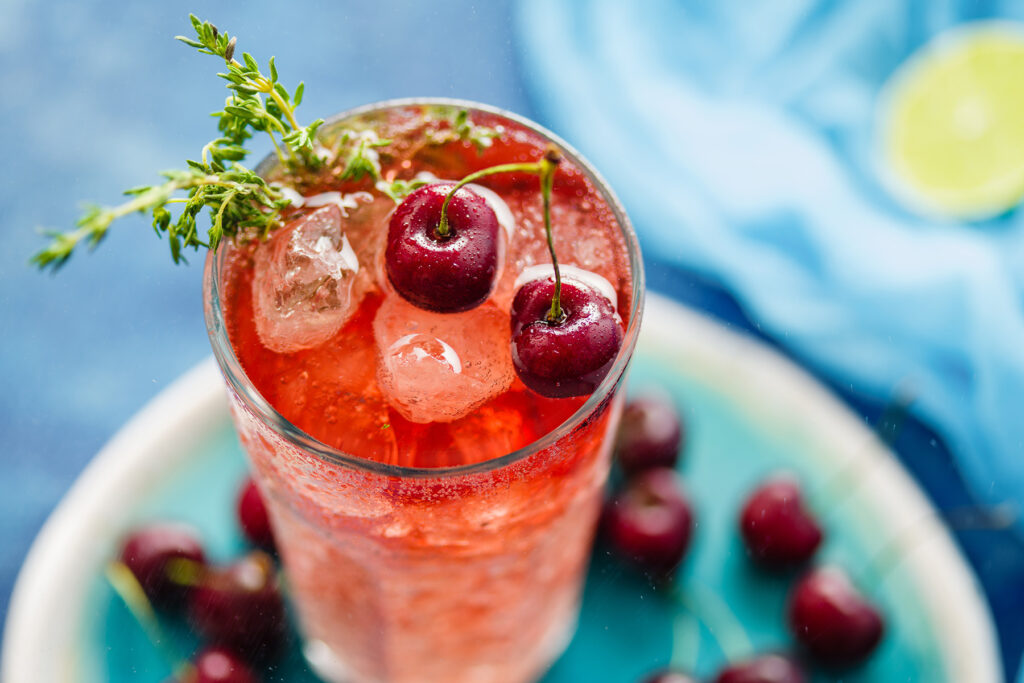Sparkling wines are nowadays necessary when celebrating special occasions or events. However, they also appear more often in the accompaniment of appetizers, seafood, desserts and sweets. Champagne, prosecco and cava – these are one of the most popular sparkling wines. Each has its own characteristics though that makes them so unique.
Champagne refers only to those sparkling wines that have been produced in the region of Champagne in the northeast of France, while prosecco is usually produced in northeastern part of Italy, between Trieste and Padua. On the other hand, cava is a kind of a sparkling wine from Spain and only wines produced in the traditional method may be labelled as “cava”. Those produced in different processes may only be called “sparkling wines”.
How sparkling wines are made?
There are different methods of producing sparkling wines. The oldest recipe comes from champagne, where characteristic bubbles (carbon dioxide) are the side effect of secondary fermentation and are formed in each bottle separately. The same method is used in the production of many other sparkling wines around the world – Spanish Cava, Austrian and German Sekt, Italian Franciacorta or French Crémant. This method is considered as the more challenging and time-consuming. The tank method that is being used for Prosecco production is much simpler. Here, carbon dioxide is produced in the wine fermenting in a large, closed tank and after that, the wine is poured into the bottles.
Champagne
Champagne is exclusively made in the specific province in France. This wine is made from Pinot Noir, Pinot Meunier and Chardonnay grapes. The grape varieties and their conditions determine the acidity, medium body and low alcohol content of the champagne. Unstable and extremely variable weather conditions between harvesting necessitate multiple use of grapes from different vintages, which can ensure the quality of the final product and thus affect the final price. In the taste of champagne, a skilled gourmet will find notes of almonds, orange peel and even sponge cake.
An ideal place to taste champagne will be level 27 rooftop, where you can sip this exclusive drink with a view of the beautiful panorama of Warsaw. You can also experience the luxurious spirits in a comfortable and cosy corner of your home thanks to Crimston wholesaler which offers champagne G.H. Mumm, Perrier-Jouët and many other unique alcoholic brands.
Cava
Cava, Spain’s most popular sparkling wine, is manufactured similarly to champagne. Because only champagne winemakers can use the term méthode Champenoise, the Spanish process is traditional. The most common grapes used to manufacture Cava are Macabeu, Parellada, and Xarello. Most Cava wines are dry with medium acidity. In addition, the sunny climate guarantees the proper maturation of the grapes, which prevents from adding sugar to the final product.
Prosecco
Italy’s most famous sparkling wine is prosecco. It is made from Glera grapes in the Veneto region of Italy. Since prosecco has become more accessible than champagne and is now a worthy rival to champagne market, the product became iconic and extremely popular. Prosecco’s secondary fermentation occurs in steel tanks rather than bottles. As a result, the taste is lighter and less yeast flavoured. Compared to champagne or cava, prosecco is sweeter than the other two, with a a more fruity aroma and flavour. Usually, prosecco has less bubbles and it is less aromatic. It doesn’t mean though that it has a smaller group of supporters – prosecco stole European hearts almost as much as Italian pizza.

Fizzy cocktails
Popular fizzy alcoholic drinks include champagne, prosecco and cava. They are delicious at any time of year, especially in the hot summer months. The combination possibilities are endless.
Sparkling wines go well with stronger alcohols, such as gins. The citrus aromas of Portofino will perfectly match with prosecco lightness.
How about trying out fresh figs based liqueur? Isn’t it the most extravagant drink if you could bottle this luscious fig fruit? Esprit de Figues, does just that. You can create amazing Espritz by using sparkling wine, soda and Esprit de Figues.
If you are looking for something more bitter – Pampelle will be a great choice. Pampelle is a red grapefruit aperitif, similar to Aperol or Campari, but it has so much more to offer. You can make Pampelle Spritz summertime, anytime and bring back the summer memories and holiday fun.
These and many other alcoholic and non-alcoholic beverages are available in Crimston wholesaler spirits portfolio. There is also level 27 rooftop for those who are looking for beautiful views and great drinks – Portofino and Pampelle cocktails will taste like heaven whilst watching the sunset from 27th floor.

